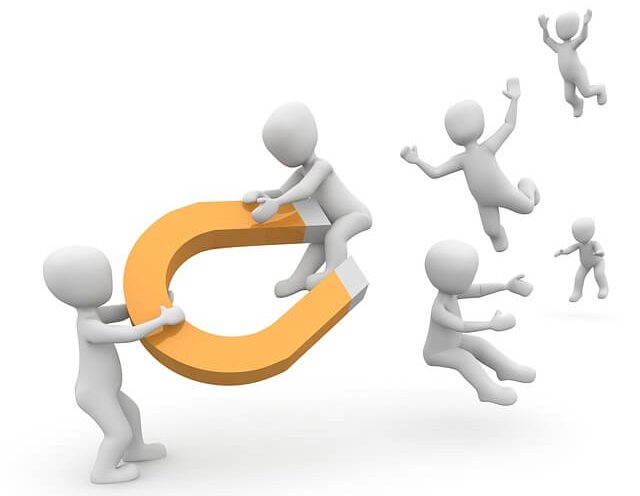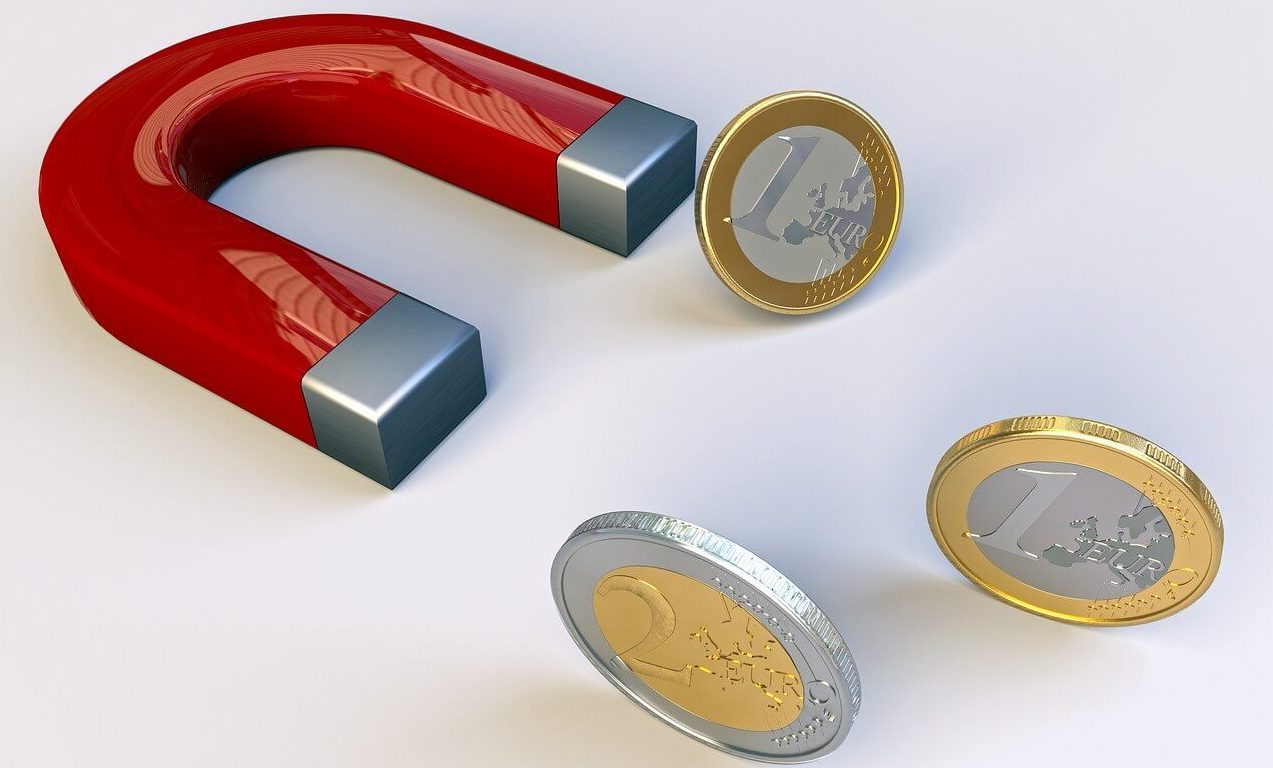New technologies allow infinite ways to reach the target customer. For this reason the consumer can be bombarded with advertising that does not need and even feel overwhelmed.
Inbound Marketing is a less aggressive way of contacting a Lead to make it a customer.
Contenido
Inbound Marketing definition
Inbound Marketing is the least aggressive strategy when it comes to attracting customers. It is a technique that seeks to be the customer who is interested in us or our product.
It is a strategy that tries to capture the lead right at the beginning of his purchase process and accompany him during it to become a customer. It is much more effective to reach a customer who really needs the product you market than to spend resources and time reaching customers who don’t need what you sell, and who, no matter how good it is, won’t buy it.
And all this, how do you do it?
Inbound Marketing Pillars
For an interested lead to reach us we must be easy to find. I think there is no simpler phrase to understand Inbound Marketing than this one.
To carry out the so-called Inbound Marketing we must base our strategy on these 6 pillars:
Definethe buyer
In order to know which keywords will be interesting, which content may be relevant, or in which social networks our potential customers move, we must make the “robot portrait” of our ideal customer. Without knowing this, we will not be able to define the rest of the pillars.
SEO & SEM
Attracting quality traffic to our website will be our main objective. It will not help us to create a blog with exquisite recipes with thousands of visits if we have a bike shop. In this sense combining SEO and SEM to get this traffic can be very successful.
Product
We must focus the content on the product we are offering. Let’s remember the example of the bicycle shop. We must include content related to the brand we are selling.
Content Marketing
This strategy involves the publication of a relevant message for customers who are interested in our product. This is the case with articles, blogs, web design, etc.
CRM Tool
A CRM tool (Like our Online CRM Software) allows us to store all the information of our leads. To perform the actions that are part of an Inbound Marketing strategy a CRM allows us:
- To obtain a profile of the buyer person thanks to the experience gathered.
- Conversion of the database into crucial information.
- Segment the type of clients to better direct the strategy.
- Analyze the results and see what is working and with whom.
- Accompany the Lead throughout the process until the purchase.
- Loyalty to the client: The ultimate goal of Inbound Marketing.

Inbound Marketing Phases
This working method consists of 4 different stages:
- Attraction: In this first phase we try to attract potential customers to our website or the pages of our SSR so that they can get information that is interesting in your search. In this point intervene: contents, SEO, Blog, web page, etc.
- Conversion: Once we have visits and the clients know us, we must turn them into interested parties, turn them into Leads. To do this we must get their contact details to be able to accompany them in the process that will follow from here.
- Follow-up: It is the phase where we will contact the Lead to provide the information you need and guide you through the process. This phase must lead to the desire to buy. Taking into account the philosophy of Inbound Marketing (non-intrusive strategies), we can not be too daunting. On the other hand, we must be available and accessible to the lead in order to solve any doubt or problem that may arise.
- Closing and Loyalty: When the Lead buys it becomes a client. We must take into account what has helped us close this sale to apply it in future processes. As well as learning from those who have not reached that point. Another very important issue is to build customer loyalty so that in a future purchase process we are their best and only option.
Following this strategy allows us to be more productive every day. Directing our efforts to customers who are really interested in our product means receiving a lower percentage of negative responses. This will also affect the positivity of the commercial team that will receive less “no” in their commercial prospections.






Leave A Comment